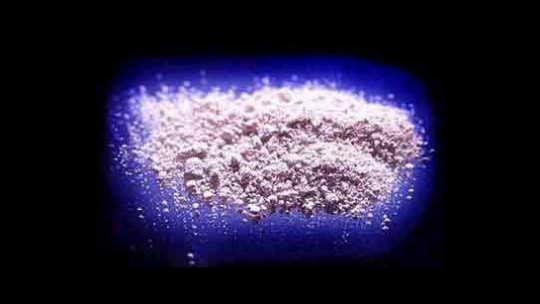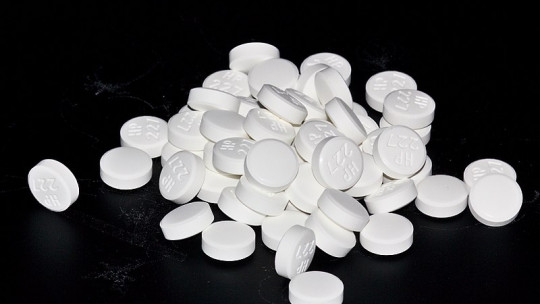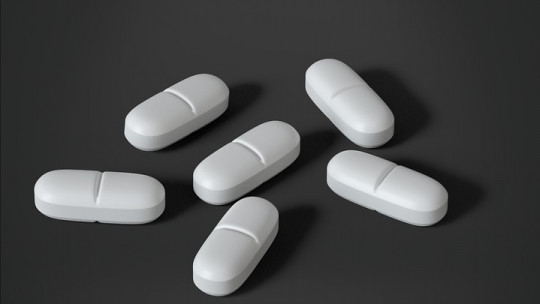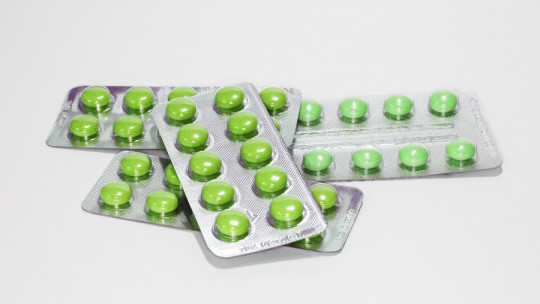
The one from the phencyclidine or PCP It is a curious case since it is a psychoactive substance that, after being developed as an anesthetic, was discarded due to its side effects. However, some people continue to use it recreationally in various ways. Within the phencyclidine family we find compounds such as thiophene or the better known ketamine.
This recreational drug, in addition to causing a series of pleasant effects, also brings with it numerous adverse effects because its active ingredient is very non-selective. Let’s see through what mechanism this drug acts and what its effects are
What is phencyclidine
Phencyclidine is a dissociative drug that can be consumed orally, intravenously, smoked and inhaled Commonly known as “angel dust”, it is usually consumed sporadically and spaced out over time. Normally it is not consumed alone, but is accompanied by other drugs. For example, many people mix it with cocaine or MDMA, modifying or enhancing their effects.
After its use in humans was abandoned because it produced too many side effects, phencyclidine has been reduced to the veterinary field. In its purest form, PCP is an easily soluble, perfectly crystalline powder. The one found on the street, however, can be yellowish or brown, forming a kind of paste or conglomerate due to the additives and substances that are added in its illegal production.
Mechanism of action
Phencyclidine is a non-competitive antagonist of NMDA receptors This means that it is a substance that prevents the excitation of glutamate receptors, inhibiting them. In addition, it also blocks other receptors such as the ion channels of the nicotinic acetylcholine receptors, and is an opioid gonist.
In this way, acetylcholine-dependent activity is reduced and the production of amines such as serotonin or dopamine also increases, similar to what happens with ecstasy or MDMA. Furthermore, phencyclidine intervenes in a wide number of intraneuronal processes.
Effects of this drug
The experiences one can expect when taking phencyclidine are multiple. Although it is true that they depend on the dose administered, they also vary from person to person.
Naturally, the interaction with other drugs will also produce specific effects that are not achieved only by phencyclidine.
1. Dissociation
The effect that most people seek through phencyclidine and that is most characteristic of these compounds is dissociation You feel as if you are detached from your surroundings, you feel like your body does not belong to its surroundings. You experience a feeling of distance from reality, as if you were watching life through a screen.
The sensation of unreality characteristic of phencyclidine may be fun for some, but for others it can become a terrifying experience in which the individual does not know if it will never end or will remain in this state forever.
2. Alteration of sensitivity
Due to its analgesic effects, phencyclidine produces numerous alterations in touch and proprioception After consumption, the touch may become numb and sensations that could previously be painful may become tolerable or even pleasant. It is possible that you feel that your own body is weightless, as if it were made of foam rubber and were just as light.
3. Alteration of motor skills
The movements of people affected by phencyclidine are slow and deliberate Even if you feel like your body is weightless, it is difficult to move it and it is done very slowly. Extremities may become numb and speech may become slurred. The consonants are slurred and in general articulation can be very complicated. Many times, because they do not perceive their own weight well and everything seems to go slower, the pace of these people when moving is very exaggerated and seems to be moving in slow motion.
4. Eye disorders
With the consumption of phencyclidine it is easy to observe ocular phenomena that are very characteristic The usual thing is for the person under the effects of phencyclidine to seem to be staring into space, to have a lost gaze even though they are really present. In addition, involuntary and rapid eye movements may appear, similar to those that occur in the REM phase while we sleep, but less frequent and exaggerated.
5. Hallucinations and distortions
At certain doses it is perfectly normal to suffer hallucinations, especially auditory ones Voices that speak, voices that speak to each other, etc., are the type of hallucinations that characterize schizophrenic patients. Sometimes it is practically impossible to differentiate the hallucinations of these patients from those of those who have consumed phencyclidine. In addition to hallucinations, visual perceptual distortions may occur.
6. Emotional disturbances
Consumption can produce high anxiety during and after having the psychoactive effects of the drug In some cases, the person who uses may experience extreme anxiety that can bring him or her to the brink of an anxiety crisis. Furthermore, due to the alteration in the production of amines, the mood may also vary. In the same way that one can experience euphoria and a feeling of being invincible, there are periods in which the individual feels such a low mood that can recreate the characteristics of a true major depressive episode.
7. Undesirable physiological effects
In addition to the alterations described that may or may not be searched, phencyclidine causes a series of changes in physiological functioning that can be very unpleasant, especially at high consumption. Drops in blood pressure occur that can end in fainting, a drop in heart rate and respiratory depression. This may be accompanied by vomiting, dizziness and spinning, drooling, and a complete loss of balance.
In very high doses or dangerous interactions, seizures, coma and even death can occur through an accident caused by the effects of phencyclidine, such as motor clumsiness or the feeling of invulnerability.








